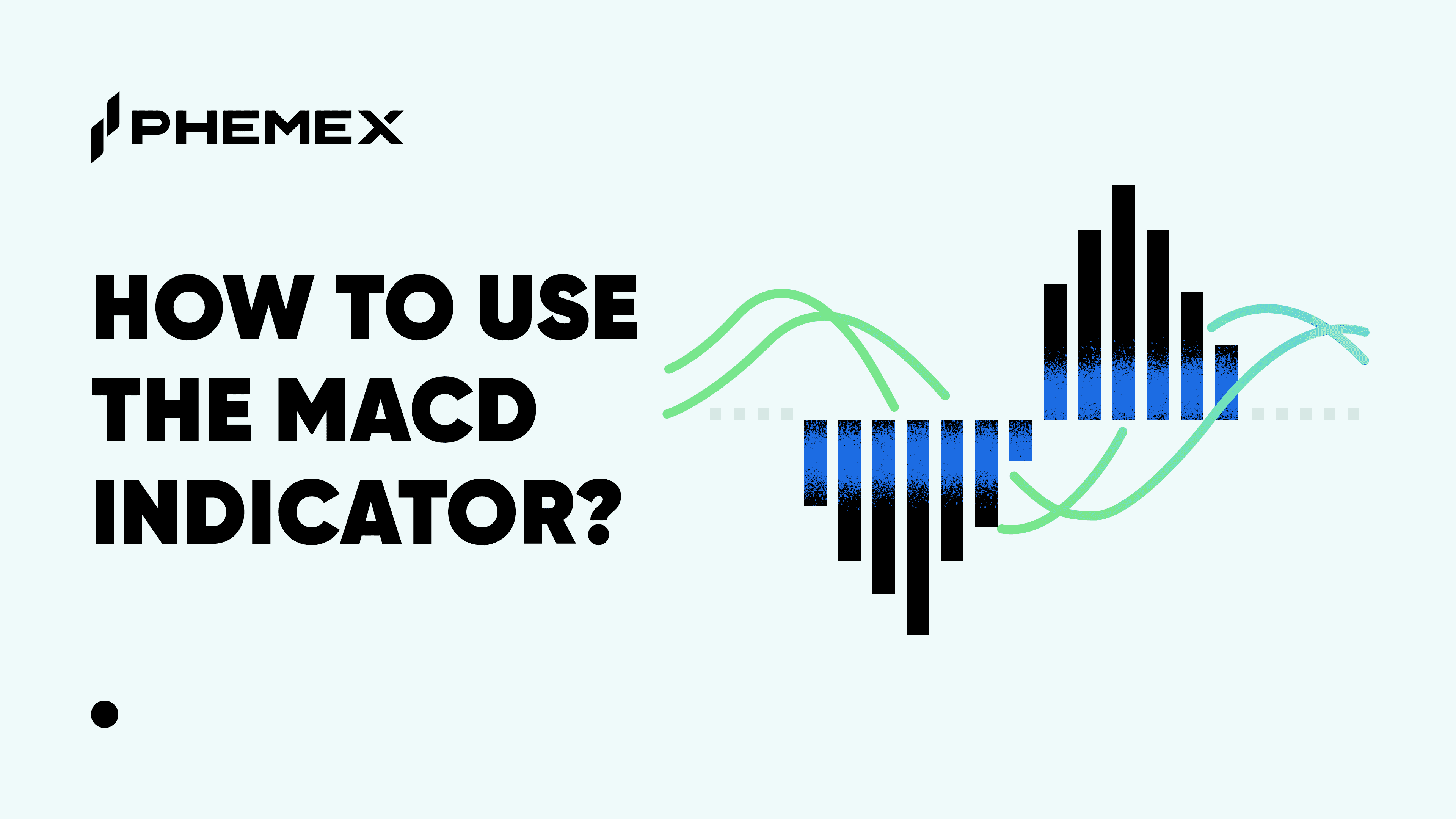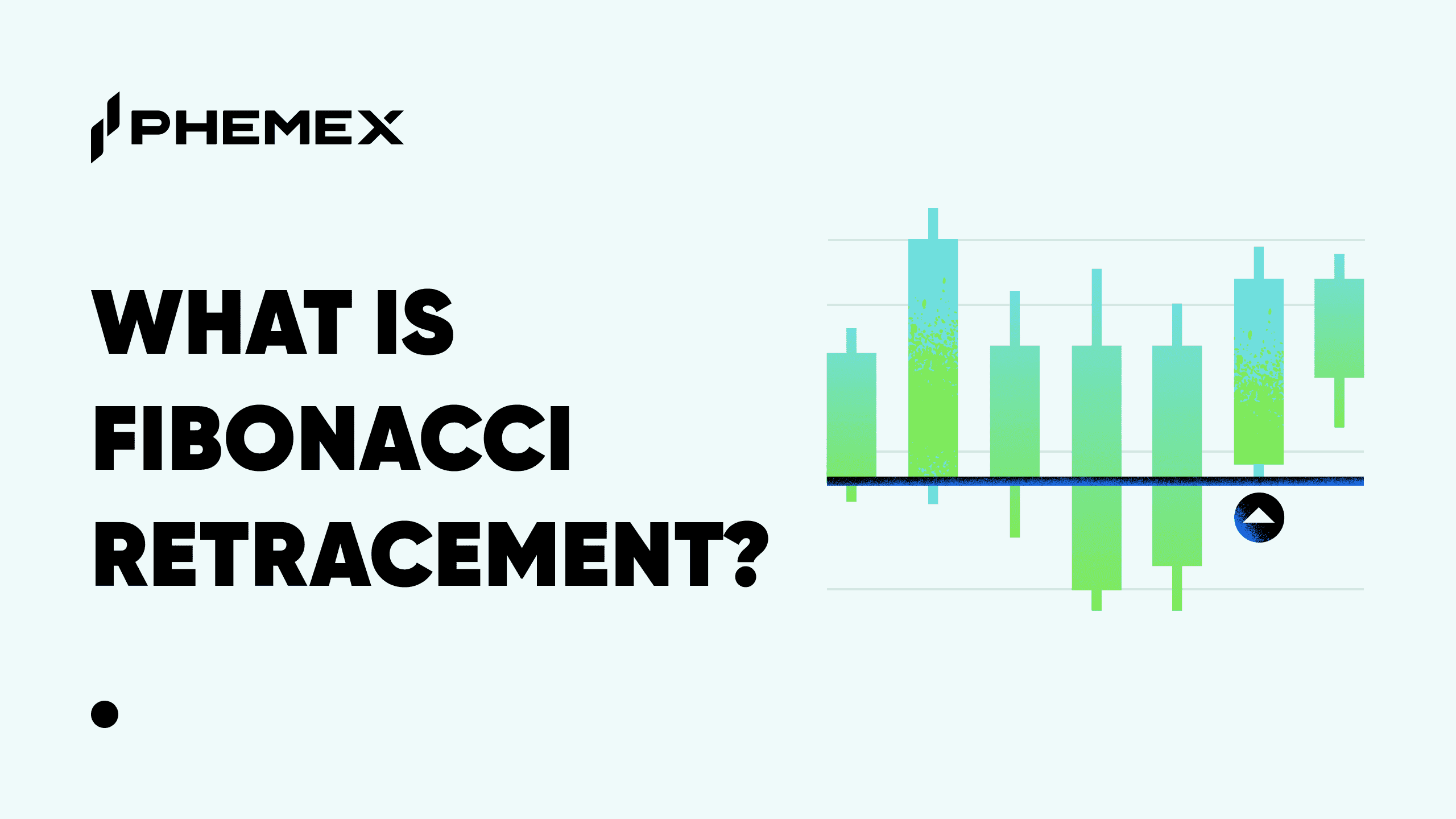Sometimes called “the most reliable indicator you’ve never heard of,” the McGinley Dynamic indicator is a form of Moving Average (MA) indicator used to track markets in an improved fashion, by accounting for changes in market speed.

The crypto market is especially volatile, with frequent spikes and plunges in price that are not often seen in the traditional markets. This volatility is what “market speed” refers to.
As such, most moving average indicators which use fixed time lengths (usually measuring historical data) sometimes fall behind, creating a lag in price data measured. The McGinley Dynamic indicator removes this lag by introducing a “smoothing” factor into its formula.
This allows the data reflected by the McGinley Dynamic indicator to be more accurately than many other forms of Moving Averages, which are some of the most widely used indicators in finance.
Moving Averages: How to trade Crypto with it? – Phemex Academy
While the McGinley Dynamic indicator does not entirely eradicate the problem of lag (nothing does, unfortunately), it nonetheless improves on the accuracy of data-driven prediction, making it very useful to traders.
It is worth noting that some traders use the McGinley Dynamic indicator average lines as signal crossover lines, meaning that a buy/sell signal is generated when an analyzed price jumps over one. However, this was not the original intended use of the McGinley Dynamic indicator; it was meant to be used purely to reduce market lag, as mentioned earlier in this section.
McGinley Dynamic Indicator Formula
The formula to calculate a McGinley Dynamic indicator is as follows:

McGinley Dynamic indicator formula (source: MQL5.com)
What Is The McGinley Dynamic Trading Strategy?
The McGinley Dynamic indicator strategy refers quite simply to any trade strategy that is formulated using such an indicator as the base point of its calculation. Importantly, while the McGinley Dynamic indicator may form a base point, this does not mean that a sound strategy should be built solely around it, no matter how reliable its data may be.
This is because establishing trade strategies on the basis of any single series of calculations is inadvisable, as greater accuracy can always be implemented by using multiple datasets, and making note of the values that correlate.
In actuality, the McGinley Dynamic indicator does not usually form the basis of any trade strategies popularly used, for the simple reason that it is meant more for the purpose of data smoothing.

However, should you wish to generate buy and sell signals through use of a McGinley Dynamic indicator, it can be done. One way is to treat the indicator as follows:
- Act as though the McGinley Dynamic indicator average line is a support zone (meaning an indication of the lowest a price has dropped within a given space of time).
- Trigger a buy signal when the price “bounces off” this line. A bounce off is where a downwards trending price heads toward a support line, and the subsequent buy signals that are triggered causes that price’s trend to suddenly reverse. Confusingly, this will usually happen long before the actual support line (or McGinley Dynamic indicator average line, in this case) is reached.
- If the price actually hits the line–then hold. Wait until the indications of a bullish trend begin to form before triggering a buy signal.
- Place what is known as a “stop loss” directly under the support line/McGinley Dynamic indicator average line. A stop loss, as the name suggests, is an automatic sell signal that can be used to trigger a rapid offload in order to prevent loss of capital.
Although there are, without doubt, many different ways to use a McGinley Dynamic indicator to generate signals and formulate trade strategies, this has to be one of the simplest and soundest methods.
Again, however, if you plan to use the McGinley Dynamic indicator as the basis of your trade strategy, it is advised to tread with caution. Remember to always use multiple datasets wherever possible in order to come to the best and most accurate conclusions, and your portfolio will thank you for it.
McGinley Dynamic Indicator Settings
An alternative setting for the McGinley Dynamic indicator formula is as follows, which allows an analyst to calculate multiple McGinley Dynamic indications at once rather than having to do so individually:

McGinley Dynamic formula with different setting (source: Ctrader.com)
When using this setting, the automatic “smoothing” process mentioned earlier is incorporated into the McGinley Dynamic moving average, by adding weight to more current data.
This allows a trader to generate more accurate information, and at a much faster pace than they usually would, speeding up the whole process immeasurably. It therefore goes a long way towards mitigating some of the inherent lag associated with such price analysis; the purpose for which the McGinley Dynamic indicator is most commonly used.
How to Use McGinley Dynamic Indicator
The McGinley Dynamic indicator is available for free on all exchanges that deal in spot markets and futures markets, such as Phemex.com. To use an indicator when analyzing a price on Phemex, choose a trading pair such as BTC/USDT:

McGinley Dynamic indicator chart (step 1) on Phemex
The chart is empty by default and you need to click on “Indicators” at the top and look for “McGinley Dynamic”:

McGinley Dynamic indicator chart (step 2) on Phemex
The indicator will appear in the search results. Left-click it and the chart will add it automatically:

McGinley Dynamic indicator chart (step 3) on Phemex
Who Invented the McGinley Dynamic Indicator?
The McGinley Dynamic indicator was first conceived by a chartered market technician of some repute, named John R. McGinley, in 1997. As then-editor of the Market Technicians Association’s Journal of Technical Analysis, he had formerly made note of the lack of responsiveness commonly associated with moving averages (MAs).
In fact, throughout the early-1990s McGinley dedicated much of his time to diligent study of MAs and exponential moving averages (EMAs), seeking a solution to their rigidity. By the end of this time he concluded that lack of speed and maneuverability posed the main problems, and proposed a solution; one that would reduce lag and improve accuracy. He named this solution the McGinley Dynamic indicator.
His findings were, unsurprisingly, circulated in the publication he worked for. While single day, 10-day, 20-day, and even 50-day moving averages (common in financial analysis) can be prone to generating false signals, the McGinley Dynamic did away with this notion almost entirely.
When applied properly (as a smoothing device) the McGinley indicator rapidly proved itself as an asset to any diligent trader, and remains as one of the most reliable forms of market indicator used to this very day.

Conclusion
The use of the McGinley Dynamic indicator may not be particularly common in many sectors of finance. However, when utilized correctly, and in conjunction with other technical indicators, the McGinley Dynamic tool can prove invaluable.
It allows a trader to deal with increased security, safe in the knowledge that the data they are attempting to work with is as current and accurate as realistically possible.
While buy and sell signals can be generated through use of the McGinley Dynamic indicator, that was not its intended use. As such, other indicators–ones that are made for this purpose–are generally considered to be more suitable for the practice of trade signal generation. Just remember; when you use some other form of indicator, one that is prone to lagging or lacking in speed, it might be worth using it in combination with the McGinley Dynamic indicator.
Read More
- SMA Trading Strategies for Crypto Trading
- How to Use the MACD Indicator?
- What is, And How to Trade Crypto With The Moving Average?
- What Is SMI Ergodic Indicator: Confirm Trends For Risky Trades
- How to use Leading, Lagging, and Coincident Indicators?
- Non-Lagging Indicators: Top 5 Non-Lagging Indicators for Crypto Trading
- What is The Least Squared Moving Average (LSMA): How To Trade With This Indicator?
- What is Mass Index (MI): The Best Reversal-Trading Indicator for Crypto








